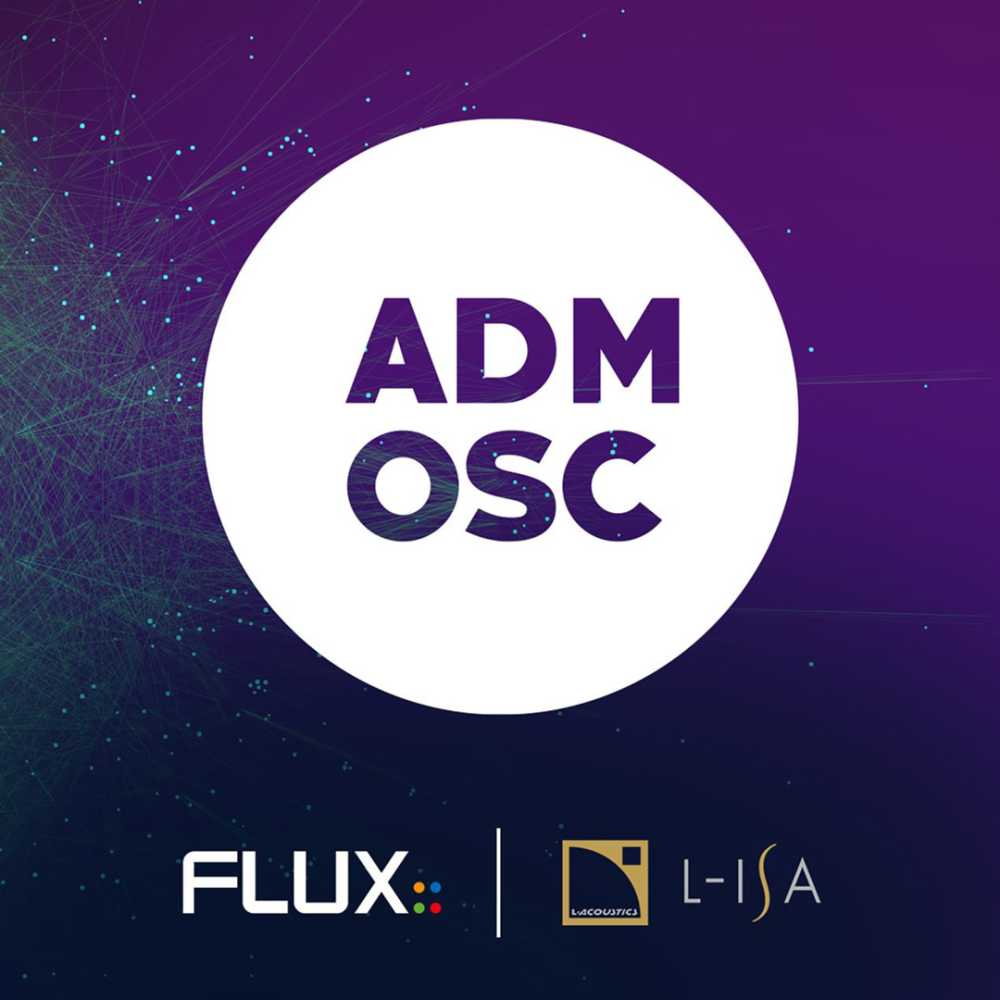Standardisation for object-based audio sought
- Details

Flux Immersive, L-Acoustics, Radio France, and other major industry manufacturers are bidding to standardise Open Sound Control as a streaming protocol through ITU BS.2076-2 Audio Definition Model (ADM).
ADM-OSC provides an implementation that follows the ITU standard, allowing to stream positioning information of audio objects in realtime using the Open Sound Control protocol. More importantly to integrators, ADM-OSC offers a universal communication language among object-based audio software for live and post-production.
To advance the proposal, a technical workgroup has been set up with industry peers. The workgroup has received the support of multiple manufacturers and the ADM-OSC language is currently implemented in some audio software.
“Since 2018, Radio France has been experimenting with object-oriented audio productions of electronic music concerts,” explains Hervé Déjardin, audio innovation project manager at Radio-France. “These trials have highlighted the need for a common protocol between the different elements of the chain. The objective is to be able to address the metadata streams to different rendering engines without using translators.”
Hugo Larin, Flux Immersive business director, adds: “Few things are more of a roadblock than trying to build an integrated workflow that incorporates multiple manufacturers and getting stuck in a proprietary communication portal. We felt there was a need to adopt a common communication, a common grammar, between industry peers.”
Meawhile, Flux Immersive has added ADM-OSC as a supported input or output OSC communication option within its SPAT Revolution platform.
Guillaume Le Nost, L-Acoustics executive director, creative technologies, adds: “As an industry, we need to nail down the immersive workflow to enable the next generation of productions. I am really glad to see that many pro audio manufacturers have reacted positively to our initiative, from digital audio workstations to broadcast systems.
“I am really looking forward to providing a super strong ecosystem, where users can easily use several audio renderers at the same time, or easily move into post-production with ADM files at the centre of their workflow. It is still early days for ADM-OSC, but users and manufacturers can already try an initial ADM-OSC implementation in our L-ISA Controller software.”

















